Perennial crops put food on the table year after year. It is a joy to gather kale from the kitchen garden, to cut the first spears of asparagus in spring, and to dig up a fresh garlic bulb in late summer. Perennial vegetables not only taste better than grocery store varieties, but they are also easy to grow and budget-friendly.
This perennial vegetables list includes plants that do well throughout the United States and most of North America. While some will do better in warmer climates and others in colder areas of the country, these twelve will all grow and produce in most planting zones. For example, peppers do best in tropical climates like southern Florida, but they can be overwintered indoors in colder regions. Rhubarb prefers the cold winters that northern states provide, but new varieties can survive in the hot, humid south.
The top twelve favorite perennial vegetables, along with growing tips, nutritional information, recipes, and interesting facts are listed below.
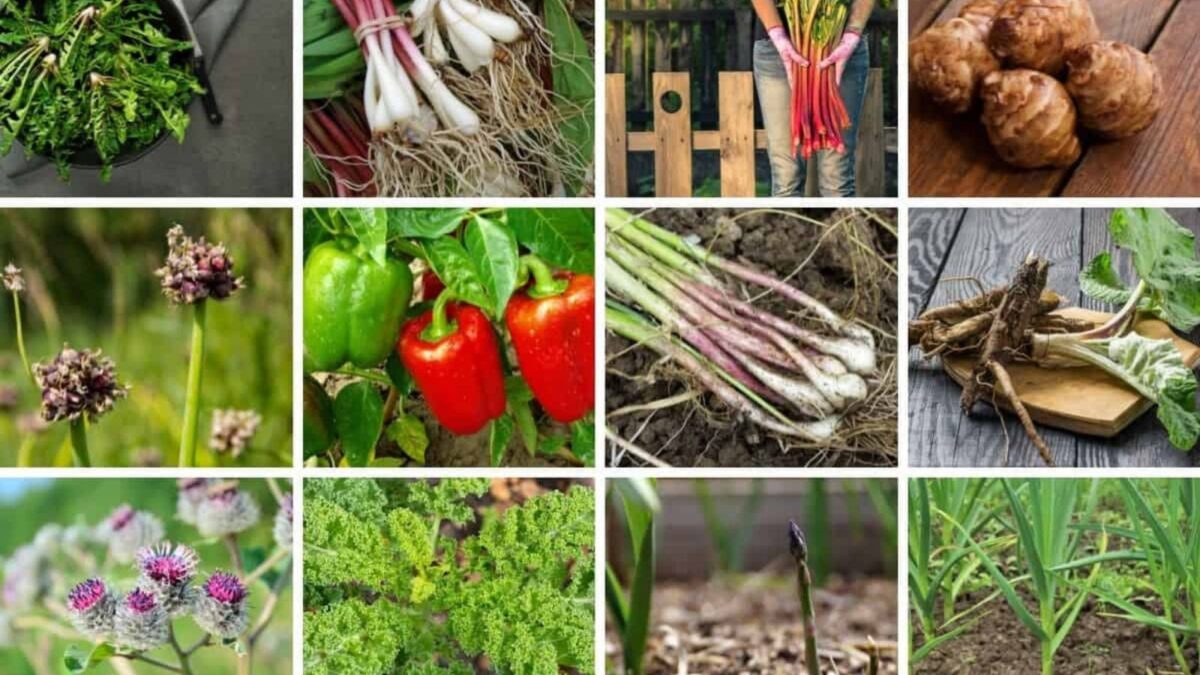
1. Garlic (Allium sativum and Allium ophioscorodon) – a favorite perennial
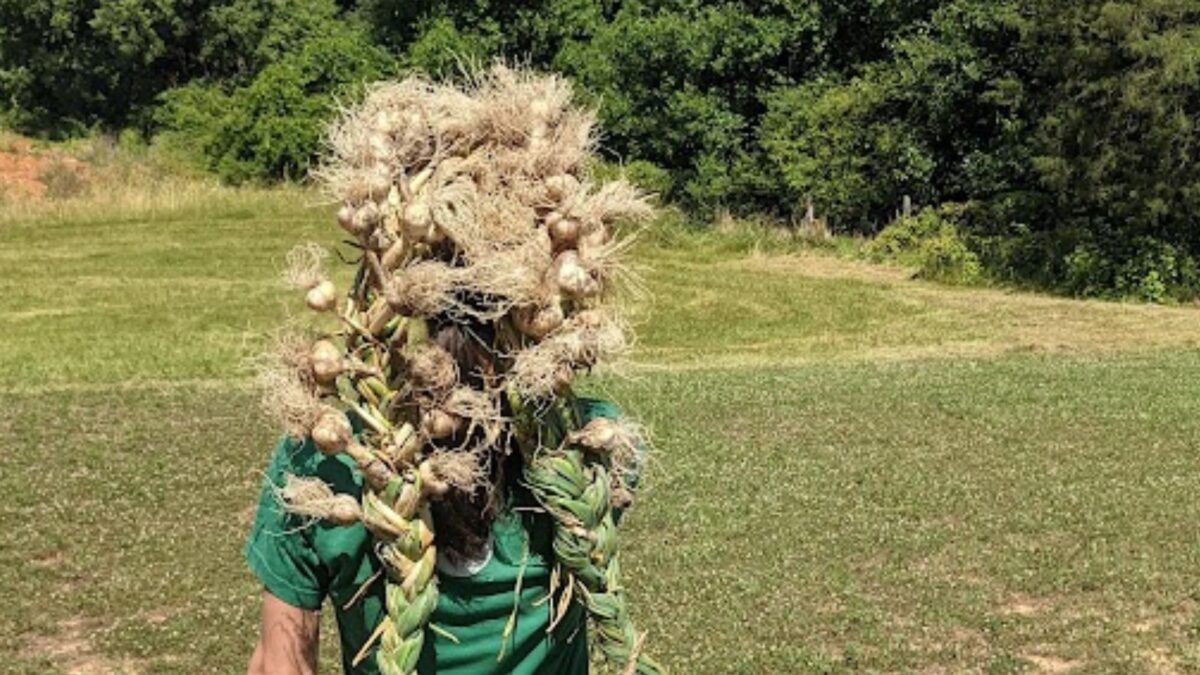
Garlic gets the top spot on this list of the best perennial vegetables to grow in the home garden. Garlic is a must-have in all kitchens where food is cooked from scratch. It lends a unique aroma and satisfying flavor to dips, sauces, soups, meats, stews, omelets, and breads.
Garlic is useful in the kitchen and also for medicinal purposes. It has been used for thousands of years to heal and protect the body. It helps to lower bad cholesterol levels in the blood, helps the body to fight off infections, and is a general all-around health tonic. Some cultures even use it to ward off vampires. I suppose garlic breath could ward off lots of unwanted creatures.
According to the U.S. Department of Agriculture, garlic contains significant amounts of calcium, phosphorus, potassium, and other nutrients. Garlic not only contains lots of minerals, but it also helps the body to absorb them.
The culinary uses and health benefits of garlic certainly make it worthwhile to grow as a perennial crop.
Garlic is easy to grow, will produce year after year, and is a tidy plant with attractive green leaves. It looks handsome in a vegetable garden or in bunches between ornamental plants. Garlic prefers full sunlight and fertile, evenly moist soil. It also requires vernalization, a cold period before growth starts. In southern regions where winter weather is mild, a refrigerator will work. Just put your cloves in for eight weeks before planting.
The two main types of garlic are hard neck and soft neck. The hard neck is more suitable for zones 3 to 6. The soft neck does best in zones 7 and 8. Varieties include Brown Tempest, French Pink, German Red, and Georgian Fire.
Individual garlic cloves should be planted three inches apart, two inches deep, and with the pointed end up. In just a few weeks, garlic sprouts will pop up. Depending on the planting zone, garlic will be ready to eat in as little as three months.
Don’t forget to remove the curly scapes that form before seed pods. This forces the garlic to put all its energy into bulb growth instead of seed production. The scapes can be added to stir-fries, soups, stews, and salads.
Harvest garlic bulbs to store for winter use or dig as needed. Either way, you will be glad to have garlic in your perennial vegetable garden.
2. Asparagus (Asparagus officinalis) – an early spring favorite

Asparagus is a favorite perennial spring vegetable for home gardens and comes in second on this perennial vegetable list right after garlic. Asparagus is a real treat! It is delicious, nutritious, low in calories, easy to grow, and best when eaten fresh from the garden. It may take a few years for asparagus to form large, juicy spears, but this tasty perennial vegetable is well worth the wait.
Asparagus is grown in zones 3 to 9. It thrives in most soil types, including sandy soil and heavy clays. When happy, asparagus plants can live more than fifteen years. Purchase seeds if you are not in a hurry or invest in crowns if time is of the essence. Crowns will provide a food crop within two or three years, while seeds might take five or six.
The University of Minnesota Extension’s website recommends several varieties of asparagus, including:
- Millennium
- Jersey Giant
- Jersey Knight
- Jersey Supreme
- Mary Washington
- Martha Washington
- Purple Passion
Asparagus should be planted about a foot apart in full sun. Choose a location that is not susceptible to late spring frosts (no low lying areas) since spears emerge early in the season and are damaged by cold snaps. The trench method is best because dirt can be added as the ferny tops grow. Asparagus is often grown in the back of a garden and in raised beds. Asparagus plants do best in sweet soil. They do not like overly acid conditions.
The main thing to remember when planting asparagus crowns is to set them at the right depth and to keep them moist until top growth is well underway. Do not let asparagus crowns sit in water (they do not like wet feet) and do not let them dry out completely for the first couple of months after planting.
Once established, asparagus plants require minimal care although weeds must be kept at bay. When cultivating, do not go more than an inch deep or asparagus crowns and roots might be damaged.
Spears can be harvested from early May through most of June for approximately six weeks. Asparagus can grow two inches per day so harvest often during the season! If you love asparagus as I do, this will not be a problem.
I like to eat my asparagus roasted with a little butter or olive oil, lemon juice, salt, and pepper. It can be fancied up with hollandaise sauce, sliced almonds, and many other favorite seasonings. Learn how to cook asparagus in several different ways.
Asparagus provides the body with lots of fiber and vitamins. When I have plenty of this delicious vegetable, I freeze it for later use. Asparagus can also be pressure canned or dehydrated.
3. Kale (Brassica oleracea ramosa) – a nutritious and delicious perennial
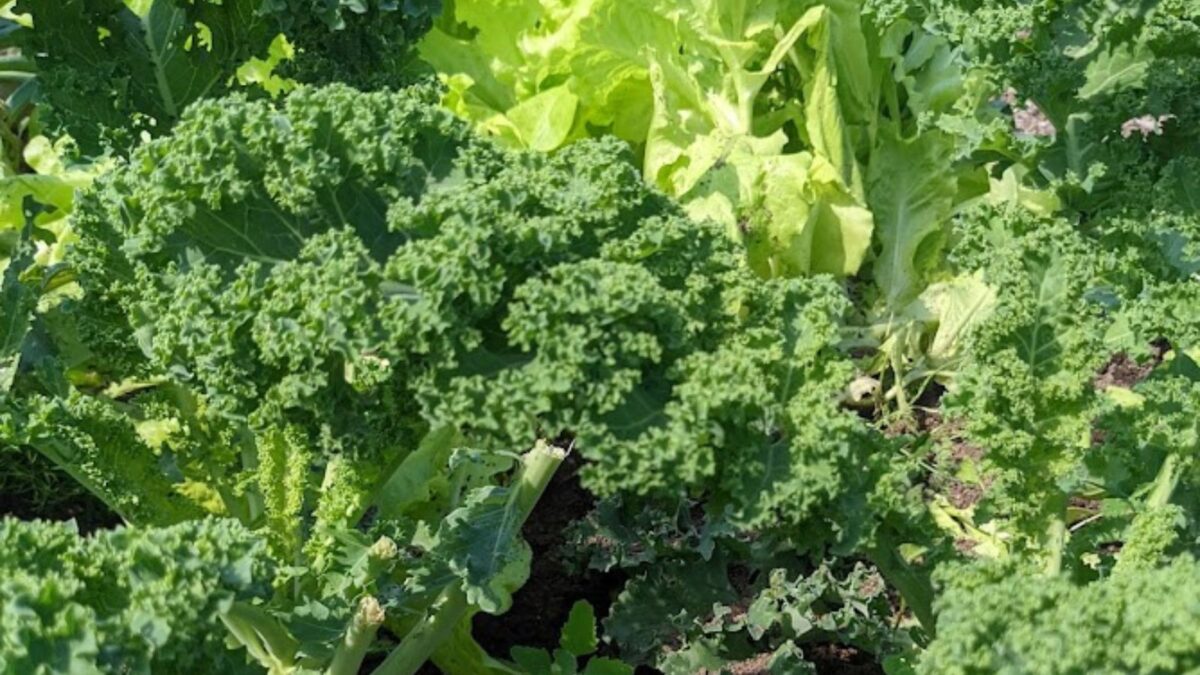
Some kales are true perennials and include varieties like:
- Walking Stick,
- Thousand Head
- Daubenton
Perennial kales are long-lasting, tough plants that will provide a steady supply of great-tasting greens for years.
Kale, a member of the brassica family, is a very nutritious vegetable adding loads of vitamins, minerals, and proteins to the diet. In ongoing studies, Kale is shown to have cancer-fighting properties due to large amounts of antioxidants in the leaves. According to articles published by the National Library of Medicine, kale stimulates the immune system and helps stop the progression of cancerous malignancies.
Kale is easy to grow, will thrive in partial shade, and can be started from seeds or transplants. Kale, a cool-weather crop, may struggle in hot climates but go ahead and give it a try if you want a supply of easy greens.
Perennial kale can be grown in zones 3 to 9. If a spring crop fails, try planting in late summer. Growing kale in cooler weather has many advantages, including tastier, sweeter leaves. There are many varieties of kale, so don’t give up if at first, this plant seems temperamental. Find the right variety for your region and kale will produce a lot of food for your table.
Kale is delicious when prepared like collards or turnip greens. It can also be baked into delicious kale chips. Just toss the fresh leaves with cold-pressed olive oil, season with salt, garlic, cayenne pepper flakes, or any favorite seasoning, and bake until crispy. Kale chips are so good they might replace potatoes as the snack food of choice in American homes.
Kale salad is another “superfood” favorite. Chop the kale into small pieces. Add some chopped broccoli if you have it on hand. Season the vegetables with balsamic vinegar, maple syrup, salt, and pepper to taste. Sprinkle toasted pecans or walnuts on top and serve cold for a wonderful snack or side dish. Yummy!
4. Burdock (Arctium lappa) – for sun or partial shade
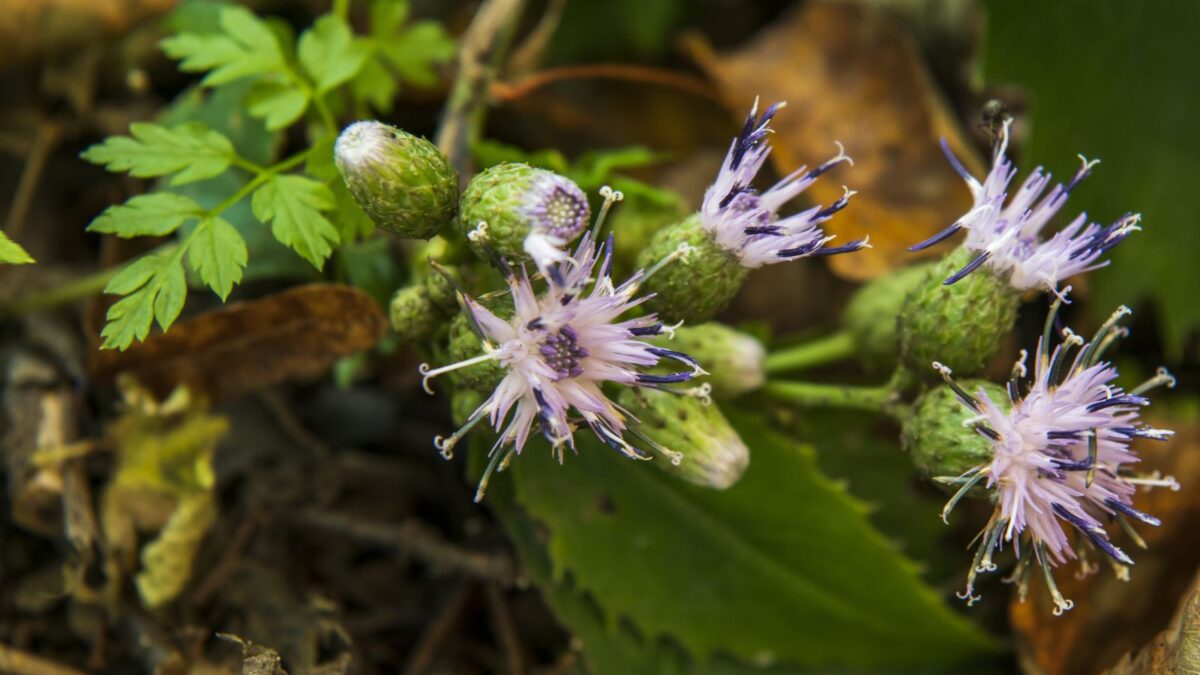
The leaves, stems, and roots of the burdock plant are all edible. Burdock has been valued by many cultures for centuries but has only recently started to catch on in the United States. It is a delicious perennial vegetable that deserves a place in every homestead.
Burdock is a tall plant, reaching over six feet tall. Burdock is often found growing wild in meadows from Mexico to Canada and grows throughout all zones of the USA.
When planting seeds, be sure to plant them on the north side of your perennial garden so that the mature burdock plants don’t shade out sun lovers.
If possible, give the burdock a spot of its own since the plant will last for years and may even become invasive if conditions are right. Burdock will grow in shade, loves sandy, fertile soil, and is drought resistant.
Burdock root is very crisp and is often boiled like potatoes or shredded and added to soups. The root is slightly sweet, with a unique flavor. It is a favorite in Japanese cuisine.
Once the leaves are removed, burdock stalks look a lot like celery. They are prepared like the French vegetable, cardoons, which are always cooked before eating. As you peel and cut up the stalks, be sure to pull off all stringy fibers. Once cleaned, the stalks can be boiled, fried, stewed, or roasted. Cooked Burdock stalks taste a lot like artichoke hearts. They make an exotic side dish that will have family and guests begging for more.
5. Peppers (Capsicum annuum, C. frutescens) – a must in every vegetable garden
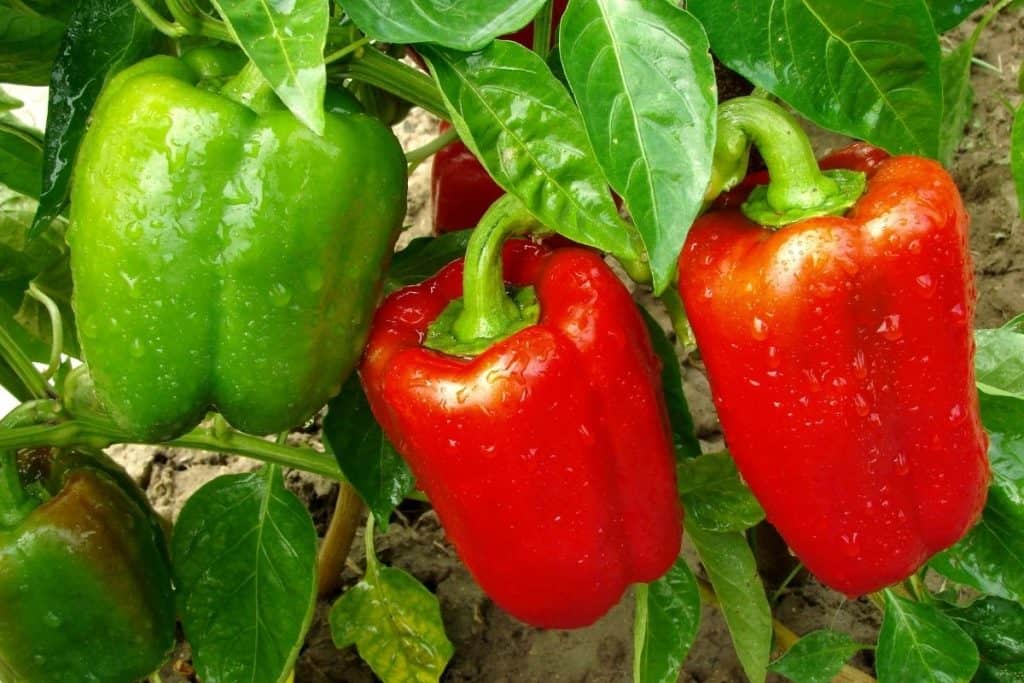
Whether hot or sweet, peppers are one of America’s favorite vegetables. Often grown as annuals, peppers are actually perennials. They love hot weather and do not tolerate frost, so they must be brought indoors during cold winter months. If you have a favorite pepper plant and don’t want to lose it, grow it in a pot. This is a great way to save pepper plants from year to year in more temperate regions.
Pepper plants like heat and sunshine. Both hot and sweet peppers come in hundreds of varieties. All peppers like rich, moist soil with good drainage. Peppers do best with a layer of mulch and may need staking when loaded with fruit to keep limbs from breaking. They are easy to grow from seed and there is not a long wait to get the fruit. Peppers can be harvested the first year, just a few months after planting.
There are never too many peppers! If you have an excess, just freeze until needed.
Peppers can be stuffed, chopped for soups, added to salads, pickled, and eaten raw with a sprinkle of salt. They are a required ingredient in everything from salsa to chili, so be sure to grow several varieties. You won’t be sorry.
Did I mention that peppers are full of vitamins? Peppers have more vitamin C than oranges and a lot fewer calories, so add them to your diet on a regular basis.
6. Jerusalem artichokes (Helianthus tuberosus), globe artichokes (Cynara scolymus), and Chinese artichokes (Stachys affinis)
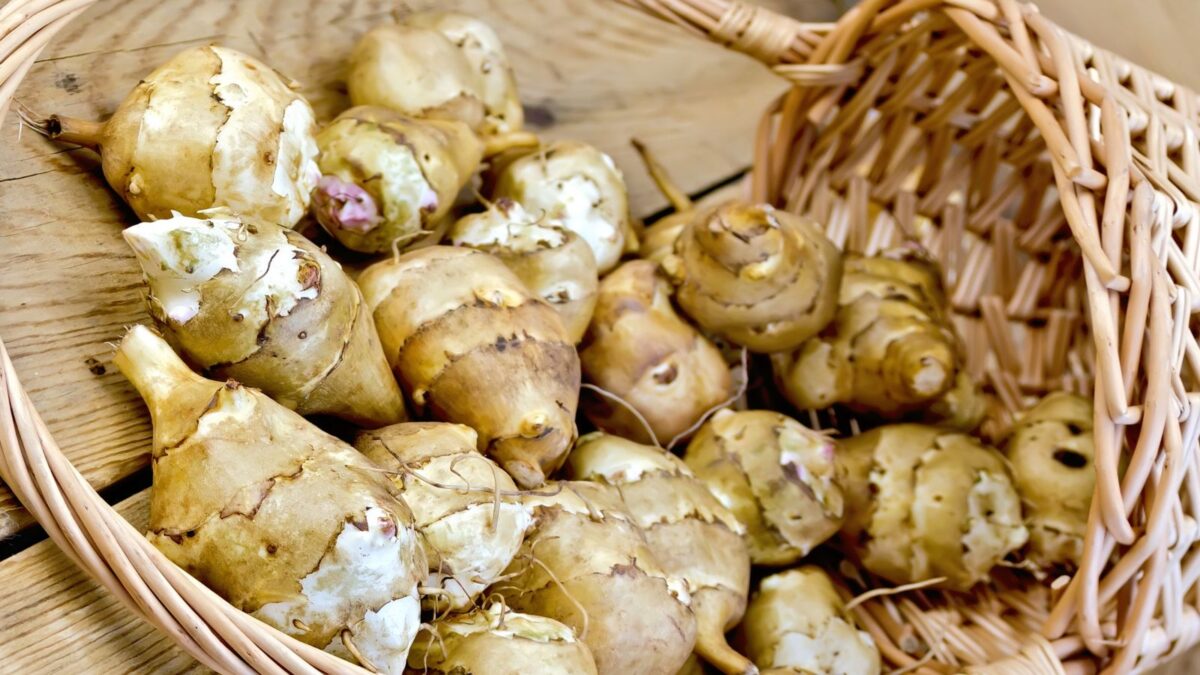
Jerusalem artichokes, globe artichokes, and Chinese artichokes are not related, but they are all tasty perennial vegetables that are easy to grow in the home garden.
Jerusalem artichokes are kin to sunflowers and are native to North America. They grow well in most of the United States from zones 3 to 9. A fast-growing herbaceous perennial plant, Jerusalem artichokes grow up to ten feet tall the first year and make an attractive addition to a perennial border. The fleshy underground tubers are dug and used for food. They are eaten raw, cooked, and pickled. Jerusalem artichokes have the texture of potatoes and are often baked or mashed with butter.
Globe artichoke is a type of thistle that thrives in zones 7, 8, and 9. It is not frost-tolerant. Globe artichoke flower pods are steamed, boiled, roasted, stuffed, pickled, and added to other dishes. The hearts make a great appetizer, often served along with olives in Mediterranean cuisine.
Chinese artichokes are also perennial herbaceous plants but originate in China. Chinese artichokes are low-growing, spreading plants that are related to mints. They are hardy to zone 5.
Chinese artichokes, also known as crosnes, are considered a delicacy and are rarely found in stores. Thank goodness they are easy to grow. Chinese artichokes thrive in any soil that is well-drained and gets plenty of sunshine. The tubers are eaten raw like carrots or tossed into salads and soups.
Are you ready to grow artichokes? Pick the one that is best for your region and give it a try.
7. Rhubarb (Rheum ribes) – a tangy treat
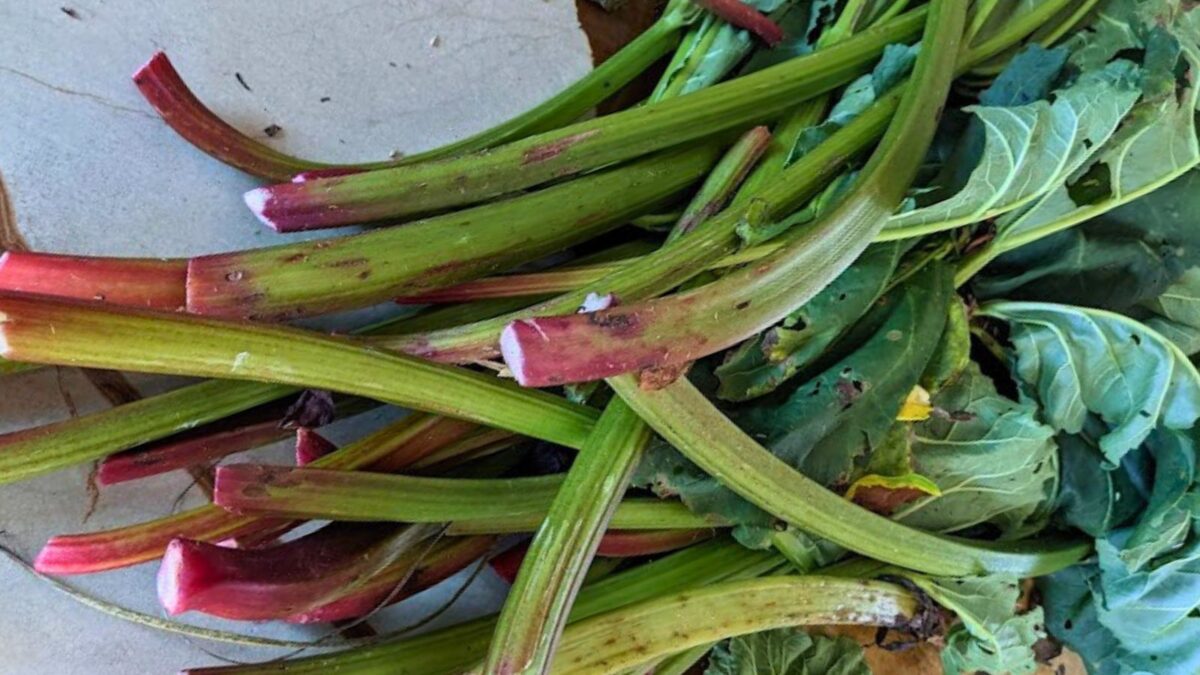
Rhubarb is a well-known perennial vegetable in colder climates and will provide food for many years. The plant prefers a cold winter where the ground freezes for at least a few weeks but is fairly adaptable to warmer climates. Rhubarb will grow in zones 8 and 9 but should be treated more like an annual in those areas. In the south, rhubarb growers should provide afternoon shade and extra water for optimal growth.
Plant rhubarb in rich, moist soil but never let it sit in water. An overly damp location will cause the crown to rot and the plant will die.
Rhubarb is grown for its fleshy stalks that are delicious in pies, jellies, and jams. Rhubarb, with its tangy tartness, pairs wonderfully with strawberries, ginger, cinnamon, and cloves in desserts and relishes.
The leaves of the rhubarb plant contain a toxic substance that can cause serious kidney damage and even death, so dispose of them properly. Throw them in the trash or, better yet, a compost pile. Never eat them!
8. Scallions (Allium fistulosum) – for pungency and flavor in the perennial vegetable garden

Scallions are a must-have for every kitchen that prides itself on serving delicious food. Scallions, also known as Welsh onions, and bunching onions, do not have a large bulb like a regular onion, but they are easier and quicker to grow.
Scallions prefer organic, well-drained soil in full sun and are easily started from seeds. The young plants should be kept moist at all times as they are shallow-rooted and dry out easily. Weeds can also be a problem because of competing with scallion plants for nutrients and water. Pull weeds as soon as possible so that the scallions don’t have to fight for space.
Scallions not only add flavor to everything from salads to soups, but they also provide many health benefits. Scallions contain lots of fiber, vitamins, and living enzymes that help protect the body against infection, inflammation, and age-related diseases.
According to Web MD, scallions contain high levels of vitamin K which could interfere with prescription blood thinners. Take this into account if you are on these types of medication.
9. Walking Onions (Allium cepa var. proliferum) – a long-lived and tasty perennial vegetable

The Egyptian Walking Onion is another type of green onion that is perfect for perennial vegetable gardens. Also known as tree onions, walking onions are started from top-set bulbs instead of from seeds.
Choose a spot in full sun where the plants will not be disturbed. Allow the walking onions to become established for the first year then harvest lightly the second year. Beginning in the second season, cut walking onion greens as you would chives. The plants will sprout new leaves in a few days. Egyptian walking onions thrive in all growing zones if protected in winter months with heavy mulch and will continue to produce for many years.
Walking onions, like other members of the Allium family, are delicious when added to omelets, casseroles, and other savory dishes.
10. Ramps (Allium tricoccum) – a tasty vegetable for everyone in the house
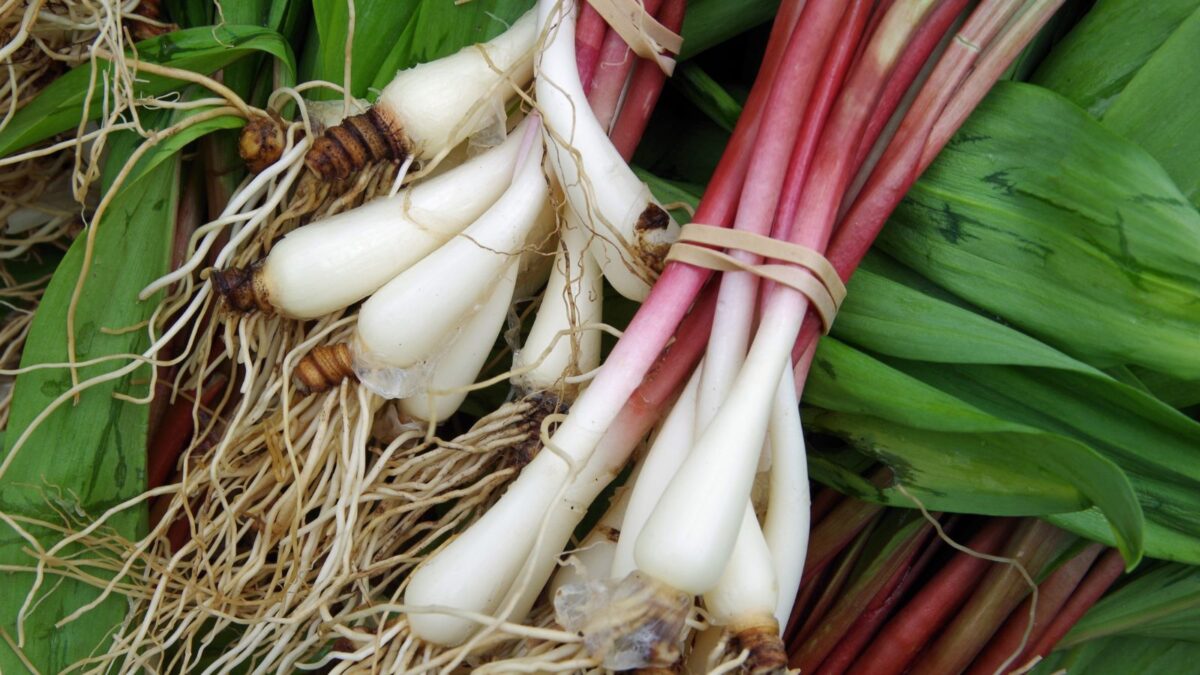
Ramps, native to North America, grow wild up and down the east coast and beyond. They are well known in the Appalachian Mountains, where they have been considered a spring delicacy for centuries.
Ramps can be grown in shady perennial gardens or forest beds in most all growing zones. They like rich, moist soil and dappled sunlight, but shade cloth will do the job if no trees are around. Ramp seeds are almost impossible to find but transplants can sometimes be purchased at farmer’s markets and produce stands in the spring. If all else fails, you can dig some in the wild and bring them home to plant.
Ramps look a lot like green onions except they usually have two flat, broad leaves poking up from the ground. Ramps should be mulched and kept evenly moist until established. To ensure a long life, harvest the green tops and leave the bulbs to reproduce. Ramps will produce for years if given the right growing conditions.
Ramps have a unique flavor. They taste stronger than onions with a garlic flavor that is hard to describe. Chefs get excited by just the mention of the word ramp. Ramps are used in regional cooking to flavor eggs, meats, and vegetables. They are also roasted or sautéed in butter to create a delicious side dish. Old-timers also make ramp pickles to eat in the winter months with cornbread and pinto beans.
There is a rule in Appalachia that says, “If one person in a household eats a ramp, then everyone has to eat one.” Ramps cause bad breath that can’t be disguised with mint or toothpaste. Never eat ramps before going to church or any event where people are gathered closely together or you might find yourself sitting alone!
11. Dandelions (Taraxacum Officinale) – a perennial weed like no other
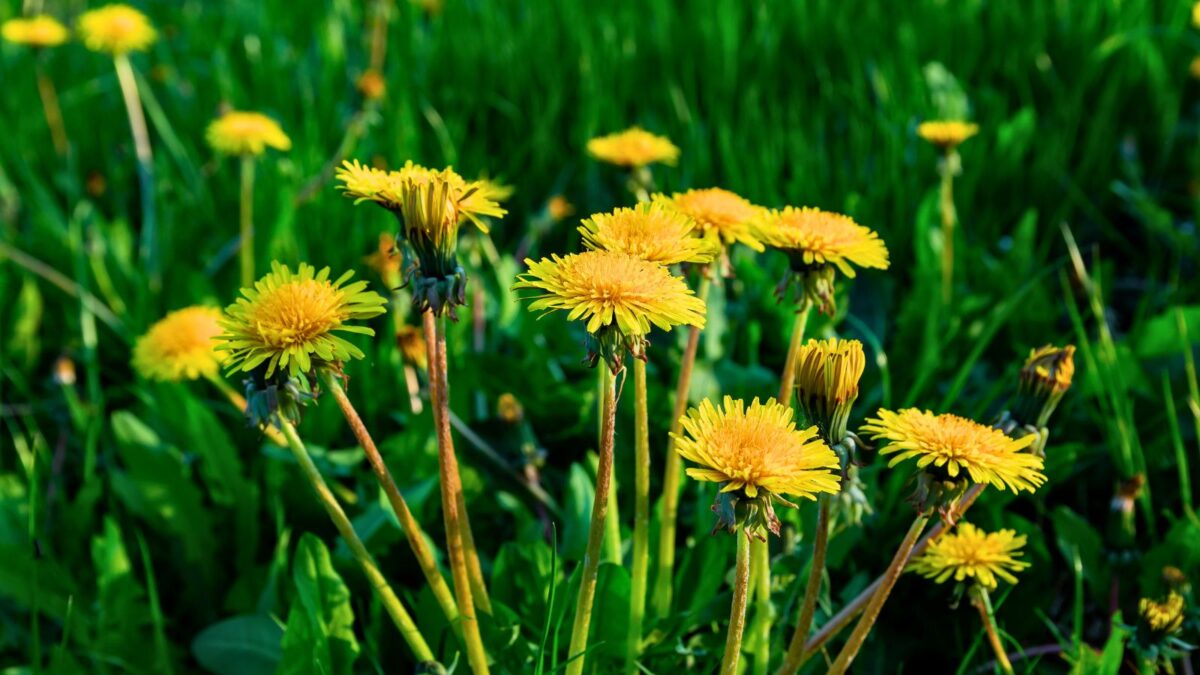
Dandelions may be considered a weed by some gardeners and homeowners, but make no mistake, they are a delicious perennial vegetable. Maybe not suited for the garden, dandelions probably prefer meadows, roadsides, and grassy lawns, but that doesn’t keep them off this list.
Dandelions grow wild throughout the United States. They thrive in poor soil, part shade, and full sun. Dandelions will even grow in the cracks of cement walkways.
Dandelion greens are a delicious vegetable when harvested at the right time of year and prepared properly. Dandelion greens should be gathered in early spring when the leaves are less bitter.
For eating, remove spiny stems and large tough veins. Older leaves can be soaked in salt water for ten minutes to improve flavor. The leaves are eaten fresh in salads or cooked in stir-fries, soups, and stews.
Even the flowers are delicious. They can also be eaten raw or cooked and are often used by herbalists in tinctures, teas, spring tonics, salves, lotions, and even wine.
12. Parsley, sage, rosemary, and other herbs complete the favorite perennial vegetable list
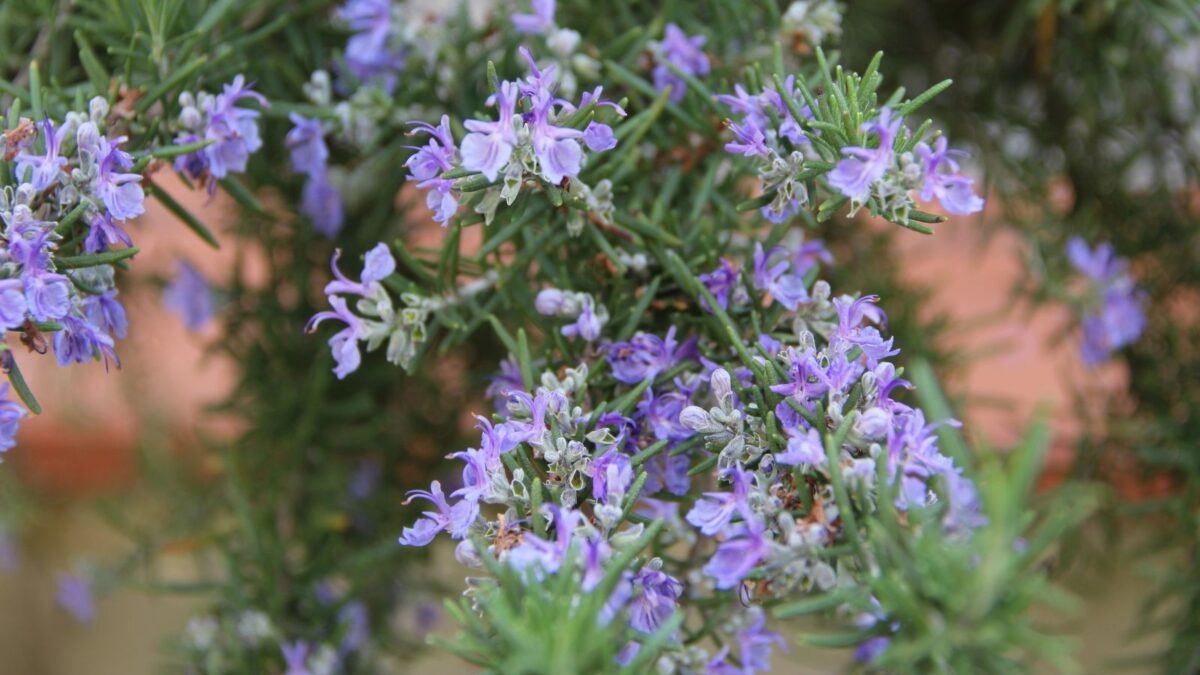
Parsley, garden sage, rosemary, thyme, horseradish, chives, fennel, and other culinary herbs deserve a place in every perennial vegetable garden. They will provide years of enjoyment, will grow in most planting zones, and will add a ton of flavor to all your favorite meals.
Wild leeks, sorrel, poke salad, nettles, ostrich ferns, fiddle leaf ferns, mushrooms, berries, brambles, and fruit trees are worth a try, too. Most will give you years of production with very little attention or care.
Where to plant and how to care for perennial vegetables
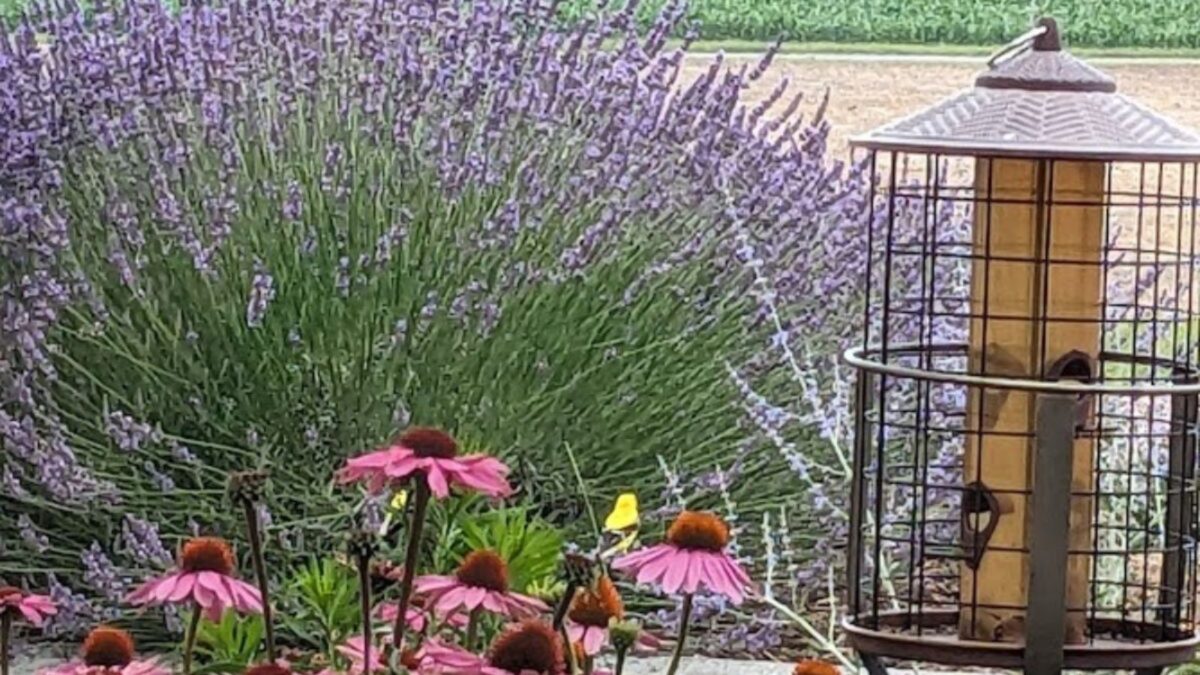
Perennials take some thought and planning since they prefer specific growing conditions and a permanent bed. Before deciding on which perennial vegetables to plant in your garden, test the soil, take the lay of the land, and make note of where the sunlight falls throughout the year. A spot that is sunny in winter might be shady during summer. Most vegetable plants, with some exceptions, prefer a good amount of sunshine to produce.
Once planted in a suitable location, perennial vegetable plants should be kept watered, weeded, and protected from damaging winds. Mulch is always a good idea. Mulch cuts down on weeds, helps retain moisture, and keeps the ground at a more even temperature. Perennial vegetables should also be examined from time to time during the growing season to check for disease and pests (although I find most perennials to be very resistant to both).
Established perennial vegetables require little more than adequate sunlight, weekly watering, regular weeding, and occasional applications of fertilizer. With just a little attention, they will provide years of good eating.
What are you waiting for? Purchase a few of your favorites and get started on your own perennial vegetable patch today.

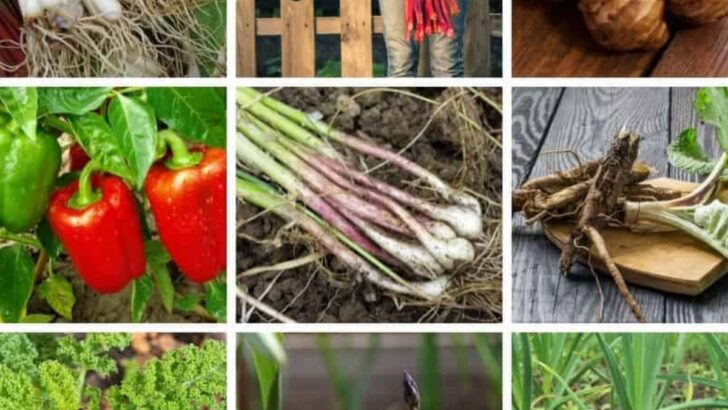

Easy Vegetable Gardening For Beginners
Tuesday 16th of August 2022
[…] As you can see, easy vegetable gardening is possible and it will give you lots of yumminess in the kitchen! Oh, and if you like plants that come back year after year without your intervention, here’s a list of perennial vegetables. […]
How To Start A New Vegetable Garden
Tuesday 16th of August 2022
[…] And don’t forget to plant some perennial vegetables. […]
Beginner Vegetable Garden
Tuesday 16th of August 2022
[…] you’re just starting out, plant some of these perennial vegetables, so you have some that come back year after […]